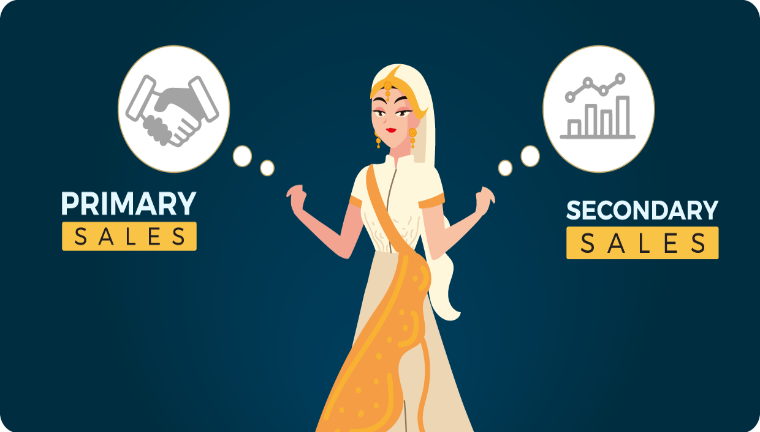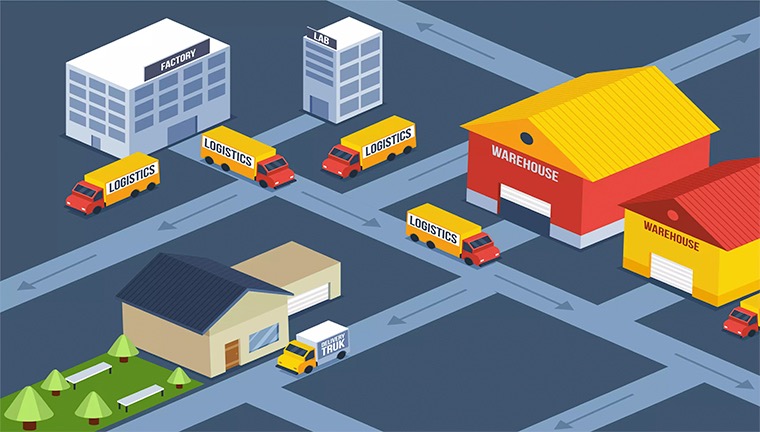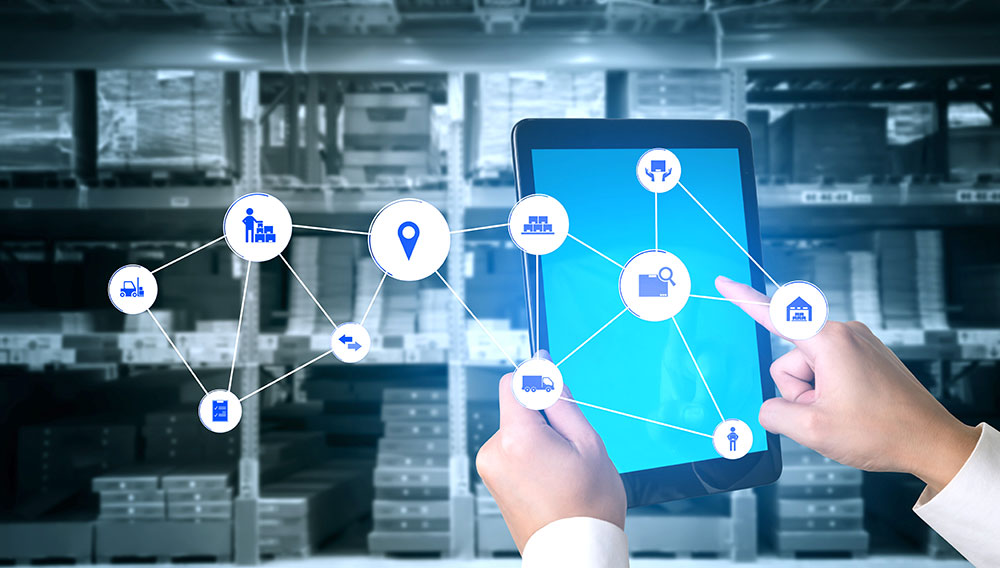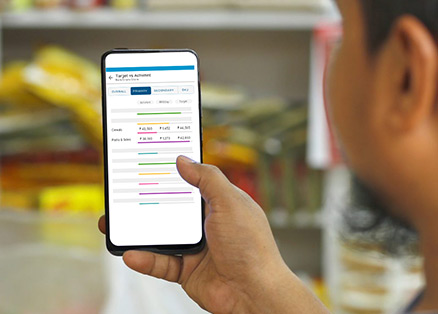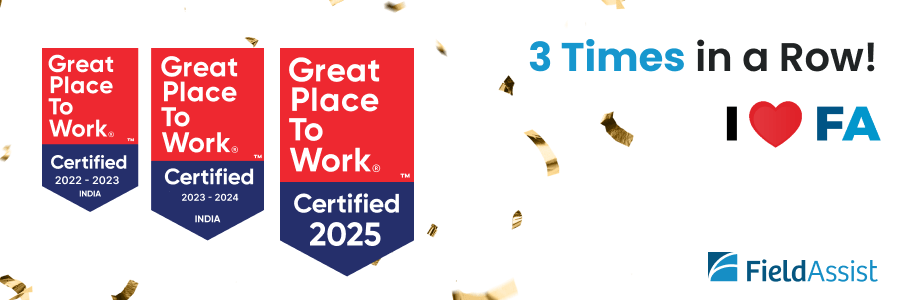Table of Contents
TogglePrimary Sales Vs Secondary Sales
For Primary Sales Vs Secondary Sales, Let me start by saying that for all CPG companies, all ‘sales’ are important because they are part of the same supply chain till they reach the consumer. However, if you see the evolution curve of this industry over the past 5 decades, the focus seems to have shifted. Earlier, companies believed, “If Primary sales happen, secondary will happen automatically”. Today the approach is “If secondary sales happen, primary will happen automatically.” So does that make secondary sales more important?
To answer that question of Primary Sales Vs Secondary Sales, let me take you back in time, around 45 years ago, when most of the working class population had no color TV or landline.
CPG industry: Was it even there 50 years ago?
Those were the days when life was simple. One channel on the telly. No internet, smartphones or even color TVs. All foods, sweets, snacks and achaars were made at home, and people were not spoilt for choice, because the number of choices itself was limited.
But then slowly, the working population began to look for options to make their life easier. After all, if they were waking up at 5 am to get ready for the office and coming home past 7 pm, who would have time or the inclination to cook and pack a lunch box, right? That’s when the demand for fresh and economical, roadside food items like vada-pav and bhajias and samosas suddenly ballooned because people were willing to pay for convenience.
From a consumer’s perspective, the first thing that captured their attention was food items. As aspirations grew amongst the middle class, the market started to see growth in the packaging of foods. From there, certain companies started investing in creating brands in packaged foods. Nilon’s is a great story of how a company successfully shifted the Indian consumer from home-made achaars to branded achaars, pickles and pastes.
Foods Vs Non-Foods Brands: Different approaches for Sales
However, other items like apparel, wires and cables, innerwear etc. remained immune to brand consciousness, because the decision-makers were either not the actual buyers of the products or valued price more than the brand name. For e.g. If we had an electrical problem in the house which needed a change of wiring, we would ask the electrician to buy it. Or if someone needed a couple of new vests or ‘baniyan’, the customer would go and buy the one he thought was value for money.
Another point to note is that in the era of radios and B&W TVs, it was extremely difficult and expensive to communicate directly with the end consumers. So other than foods, almost all other consumer products stayed low on advertisement and brand communication because consumers wanted SST brands (Sasta, Sunder and Tikau).
Therefore, things like shoes, apparel, travel bags etc. used to be bereft of any consumer-inspired designs, patterns, or styles. Small brands made quite a killing offering locally manufactured slippers, shoes, suitcases etc. which were sold on price sensitivity rather than brand value or USPs.
So how did these non-food companies ensure that their products were sold where their consumers were present? By focusing on building relationships with Distributors and Wholesalers so that primary offtake would be high. After that, it was the distributor’s headache to offload their inventory further to multiple retailers.
So does that make Primary Sales more important? No. I’ll tell you why. Read on.
FMCG companies actually started in reverse, where they started hooking tertiary customers first. The idea was to unlock the potential of tertiary sales to the extent that the retailer was forced to put a particular brand on his shelf because the consumer demanded it. That’s what Nirma did when it created its iconic jingle to educate the Indian consumers on why Nirma washing powder gave the whitest, brightest, cleanest clothes! Nirma dethroned Surf, the market leader at that time after consumers started demanding Nirma from their local retail outlets.
Let me give you another example. A big MNC FMCG company, known for its OTC and oral hygiene products launched a malted drink to compete against the category leader in malted drinks. The company flexed big marketing muscle to promote the brand and make sure it was available across their entire outlet universe (which incidentally was made up largely of chemists and pharmacies).
Initially, the products sold well, but when these outlets ran out of this product, the consumers didn’t go searching for another chemist, rather they went to the nearest Kirana store to look for it. And since their existing universe barely had any Kirana stores, their secondary sales started tanking. It took a while for the company to stabilize their retail network, and slowly their sales started coming back as they urgently expanded their retail network.
Watch the story of Nilon’s – Growth, Grit & Being Authentic
So in Primary Sales Vs Secondary Sales does that make Secondary sales more important than primary sales? No. Here’s why.
CPG Consumers in India Today
Today we are living in the D2C world. Even D2C native brands are aggressively exploring traditional retail because no other channel can offer the sheer volume and growth that Kirana retail can.
But that also means that competition is at an all-time high. Customer loyalty is practically zero because consumers are spoilt for choice. They are also more demanding. Their appetite to spend has increased multifold. And that’s true for rural consumers too. Earlier, it didn’t matter if their rustic untiled bathroom had a plastic tap and a bucket. But today, even rural consumers want branded tiles, faucets, and shower cubicles.
Today brands for cables, wires, cement etc. are talking directly to consumers. Like leading wires, company talks about its wires ‘that don’t catch fire, and a cement company positions itself as ‘the engineer’s choice. Both talk directly to the audience that buys their products. So brands have figured out the trick of the trade: Show them the benefits and USPs and consumers will directly create a pull for your products.
But what is also important is product availability. Other than creating strong communication with their target audience, brands are investing in creating an effective presence in the market. Two of the most recognized Indian shoe brands, which did not focus highly on secondary sales earlier are now consciously tracking outlet-wise sales, lines cut per call, a salesman’s daily retailing time, average drop size etc. Leading innerwear brands in India have trained their sales teams in the art of on-the-go analytics where mid-managers can take on-the-spot decisions in the field, monitor competitor activities and take consumer and retailer feedback.
So if your brand is not present where they are, consumers will go to a brand that is. Therefore, it is critical to have visibility on secondary sales (or retailer sales), because otherwise, you may never know which consumer in which area is buying which SKU of which product from which outlet!
So what’s more important: Primary Sales Vs Secondary Sales?
Let’s see Primary Sales Vs Secondary Sales, from the lens of the CPG industry’s evolution. Primary Sales were the most critical at a time when there was no means of tracking secondary sales. Distributors and wholesalers would mostly define the flow of goods. Now there are technology solutions for sales force automation, distributor management system, Promoter management in modern trade etc. which bring brands closer to their consumers. These solutions offer real-time market intelligence, so brands can take immediate decisions in the market. Understandably, the spotlight is now shared between Primary Sales Vs Secondary Sales.
Read More: Secondary Sales Process- Large companies vs Small companies
But with the advent of the D2C era, we see more and more consumer companies taking the D2C route to get a pulse of their consumers and fine-tune their product offerings before they splash their brand in the retail network. Why wasn’t D2C around 10 years ago? Because the ecosystem wasn’t there. Today everything and everyone is online. Entry barriers for CPG brands are low. Consumers are directly accessible. Drilled-down analytics are available in real-time.
So, to answer the million-dollar question of Primary Sales Vs Secondary Sales, I think Primary sales and Secondary sales are both very important, but what is more important than them both?
Tertiary sales. Because ultimately what is the end goal? To make the consumer spend on your product. Whether that product reaches him via traditional retail, or directly from your brand is secondary.
About Post Author
Divir Tiwari
A technology enthusiast at heart, Divir loves a good challenge. What he enjoys, even more, is finding out if it can possibly be solved with technology. He is the heart of the Sales Team at FieldAssist and is a business development magician. Divir is a firm believer in collective organisational growth, product-based solutions and adding value to customers’ business.




